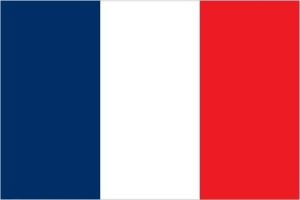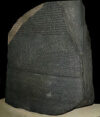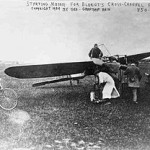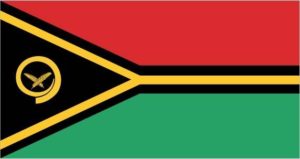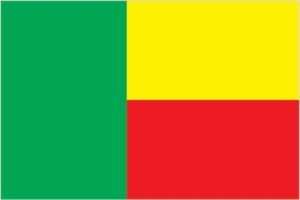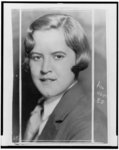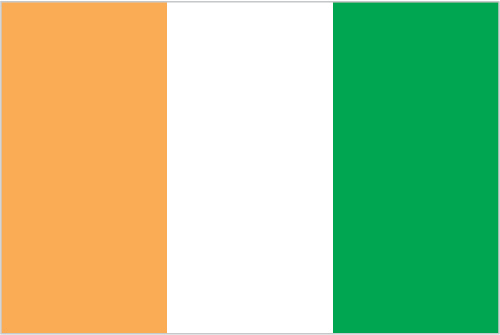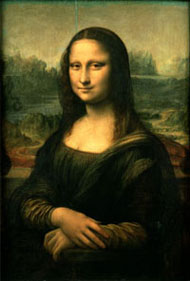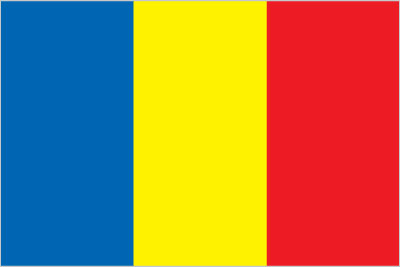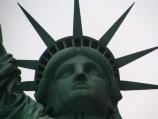
Statue of Liberty
Statue of Liberty was given to the United States by France in 1884. The statue was presented to Levi P. Morton, the US ambassador to France, in Paris. The statue was then taken apart and shipped to the United States. The statue reached our shores on June 17, 1885. However, the pedestal was not yet ready. The statue was formally revealed on October 28, 1886. Children can learn more at an excellent site: Statue of Liberty.
